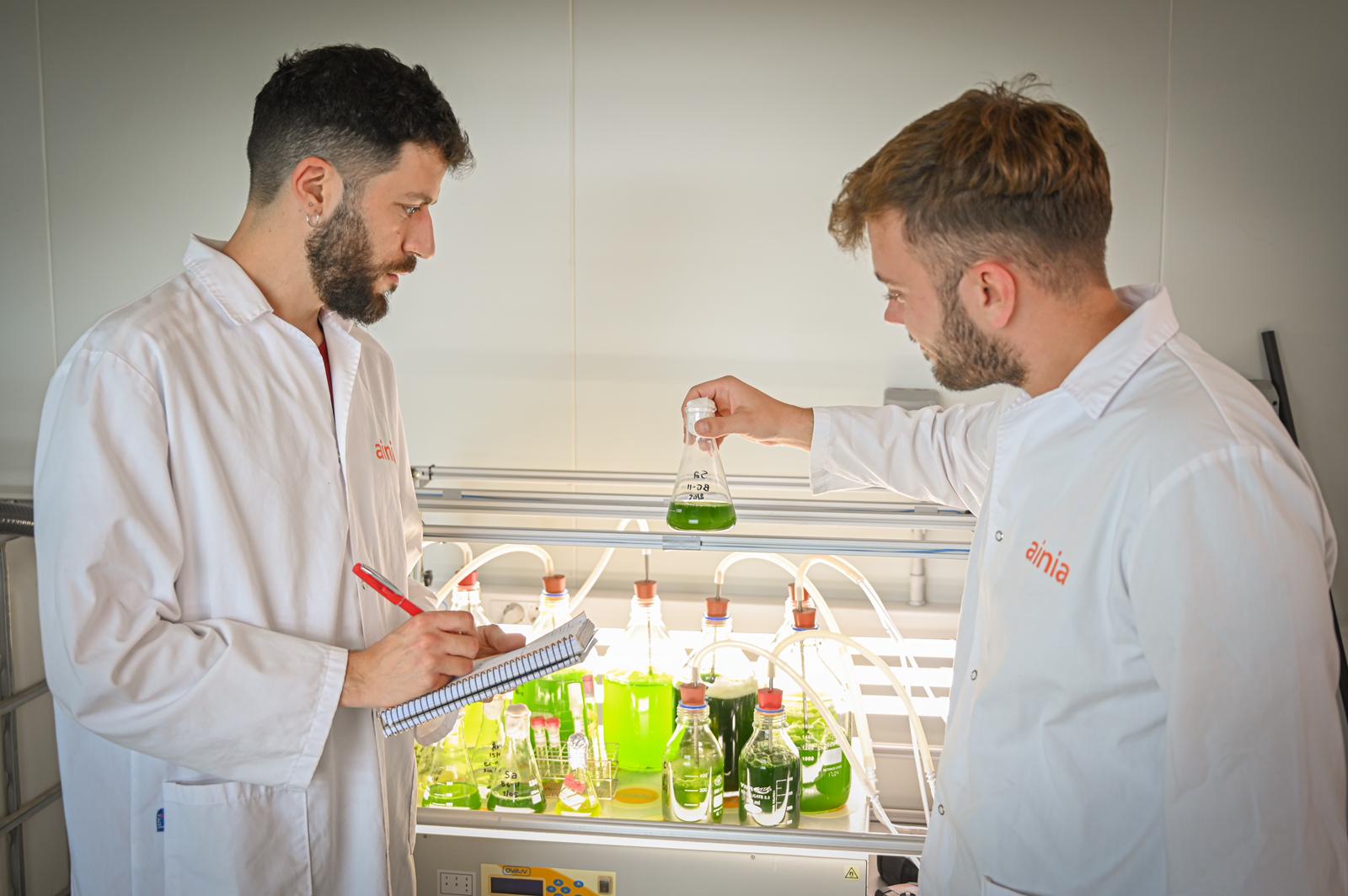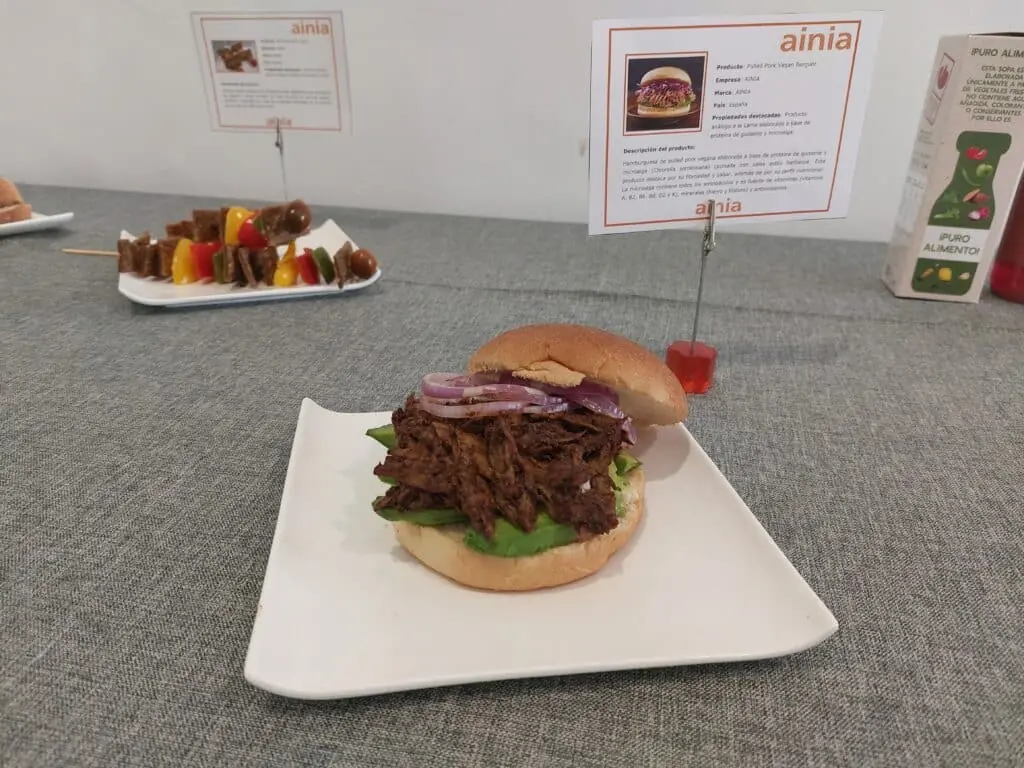Microalgae have emerged as one of the most promising biotechnological resources for the future of nutrition and health. Rich in proteins, vitamins, antioxidants, and particularly omega-3, these microorganisms are increasingly recognized for their nutraceutical potential—supporting cardiovascular health, immunity, and overall well-being—as well as their cosmetic applications, where natural pigments and bioactives contribute to anti-aging and skin-protective formulations. This unique combination of nutritional and functional benefits positions microalgae as a key player in the development of healthier and more sustainable products.
What Are Microalgae?
Microalgae are unicellular photosynthetic organisms that, like plants, use sunlight to transform carbon dioxide into biomass. They grow in both marine aquatic environments and freshwater.
-
They are responsible for more than 50% of global photosynthesis.
-
They present a great phylogenetic and functional diversity.
-
They are considered a promising alternative in the production of food, functional ingredients, and bioenergy.
Their high content of proteins, essential fatty acids, vitamins, and antioxidant compounds makes microalgae a resource of great interest for both human and animal nutrition. In particular, the production of microalgae omega-3 has gained attention as a sustainable source of essential fatty acids.
What Types of Microalgae Exist?
There are thousands of species, although only a few have been exploited on an industrial scale. Among the most well-known are:
-
Spirulina (Arthrospira): rich in proteins, iron, and antioxidants.
-
Chlorella: contains chlorophyll, B vitamins, and dietary fiber.
-
Dunaliella salina: source of beta-carotenes and provitamin A.
-
Haematococcus pluvialis: highlighted for its astaxanthin content, a powerful antioxidant.
Each species has different nutritional profiles and applications, allowing its use across multiple sectors.
Benefits of Microalgae: Omega-3, Nutraceutical and Cosmetic Potential
The growing interest in functional foods has boosted research and applications of microalgae due to their unique properties. Among the main benefits are:
-
High nutritional value: especially complete proteins and lipids such as EPA and DHA, positioning microalgae omega-3 as a valuable dietary source.
-
Antioxidant and immunomodulatory properties, thanks to compounds such as phycocyanins, carotenoids, or sulfated polysaccharides.
-
Nutraceutical and cosmetic applications due to their ability to scavenge free radicals.
-
Potential in vegetarian and vegan diets, as they provide non-animal protein.
-
Contribution to environmental sustainability by capturing CO₂.
How Can We Increase the Consumption of Microalgae in Europe?
Despite their potential, the acceptance of microalgae in the European diet is still limited. To promote their inclusion, it is necessary to:
-
Improve consumer perception by highlighting the natural origin, properties, and health benefits of microalgae.
-
Develop new consumption formats such as snacks, beverages, bakery products, or supplements.
-
Invest in food technology to facilitate their incorporation without affecting the taste or texture of foods.
-
Strengthen European legislation on novel foods to ease the approval of more species as authorized ingredients.
How Can Microalgae Be Cultivated?
Microalgae cultivation can be carried out in open systems (raceways) or closed systems (photobioreactors), with the latter being more efficient in terms of environmental control and product quality.
Conditions required for their development include:
-
Sunlight or artificial light,
-
A carbon source (usually CO₂),
-
Nutrients such as nitrogen, phosphorus, and trace elements,
-
Control of pH, temperature, and salinity.
Innovative techniques such as cultivation in wastewater are also being explored, allowing biomass production to be combined with environmental treatments.
Applications of Microalgae
Thanks to their versatility and high added value, microalgae are finding a growing number of applications in strategic sectors. Some of the most relevant uses are:
Food Industry
Microalgae are incorporated as functional ingredients in products such as fortified beverages, bakery items, snacks, pasta, or energy bars. In addition, species like Spirulina and Chlorella are marketed as nutritional supplements for their high protein and antioxidant content. They are also used as the basis for developing plant-based protein alternatives in sustainable diets. Increasingly, microalgae omega-3 is being adopted as a substitute for fish oil in functional foods.
Animal Nutrition and Aquaculture
In this field, microalgae are used as additives in feed for fish, shellfish, and livestock, providing essential fatty acids (EPA and DHA), carotenoids, and other bioactives that improve gut health, immunity, and the quality of the final product.
Cosmetics and Dermopharmacy
The use of microalgae extracts in cosmetic products has grown significantly. Ingredients such as astaxanthin (produced by Haematococcus pluvialis) are valued for their antioxidant and photo-protective activity, while polysaccharides and natural pigments are incorporated into moisturizing, anti-aging, and protective formulations.
Energy and Materials Biotechnology
Several research lines focus on the use of microalgae for biofuel production through lipid extraction. Likewise, their biomass is being explored as a raw material for the development of bioplastics and biodegradable materials, aligned with circular economy principles.
Environmental Treatment and Biorefineries
Microalgae can contribute to wastewater decontamination by absorbing nutrients such as nitrogen and phosphorus. Furthermore, their ability to capture atmospheric CO₂ makes them key allies in climate change mitigation strategies.
Microalgae: Final Consideration
Microalgae represent a highly versatile biotechnological solution capable of addressing multiple challenges in fields such as food, cosmetics, animal nutrition, the environment, and bioenergy. Their efficient and sustainable cultivation, along with their cross-sector applicability, makes them a fundamental tool to advance toward a more functional, healthy, and circular production model. Moreover, the role of microalgae highlights their growing importance as a sustainable and innovative source of essential nutrients for the future of human and animal nutrition.





